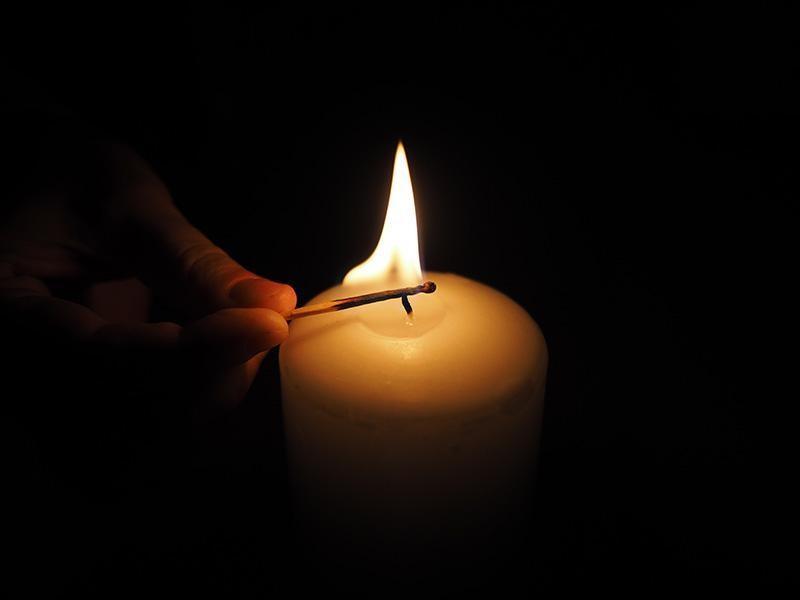Many hallmarks of the holiday season, including Christmas trees, holiday decorations, and festive meals, present potential fire hazards that contribute to an annual increase in U.S. home fires at this time of year. According to the National Fire Protection Association (NFPA), Christmas Day and Christmas Eve are among the leading days of the year for home fires.
“December is a leading month for home fires, in large part because many of the activities we engage in during the holiday season reflect leading causes of home fires year-round,” said Lorraine Carli, NFPA vice president of Outreach and Advocacy. “Plus, as colder temperatures impact much of the country, use of heating equipment increases significantly.”
Fortunately, Carli noted, the majority of winter fires can be prevented with a little added awareness and planning.
“By knowing where potential fire hazards exist and taking some basic safety precautions to prevent them, people can enjoy a festive, fire-free holiday season,” said Carli.
The NFPA Winter Holidays page offers a wide variety of tips and resources to reduce the risk of fires, while the latest NFPA statistics underscore the increased risk of fire during the holiday season and beyond:
Christmas trees
An estimated average of 160 home fires involving Christmas trees caused two civilian deaths, 11 civilian injuries, and $12 million in direct property damage per year between 2016 and 2020.
Some type of electrical distribution or lighting equipment, including decorative lights, was involved in more than two of five (44 percent) of home Christmas tree fires. Nearly one in five Christmas tree fires (19 percent) were started by decorative lights.
The majority (74 percent) of Christmas tree fires occur in December and January.
Decorations
An estimated average of 790 home fires that began when decorations (other than Christmas trees) caught fire caused an average of one civilian death, 26 civilian injuries and $13 million in direct property damage per year between 2015 and 2019.
One in five home decoration fires occurred in December.
Year-round, 35 percent of home decoration fires began with candles; in December, the number jumped to 45 percent.
In more than two of every five fires (44 percent) involving decorations, the decoration was too close to a heat source such as a candle, cooking or heating equipment.
Candles
An estimated average of 7,400 home fires (2 percent) started by candles caused an average of 90 civilian deaths (three percent), 670 civilian injuries (6 percent), and $291 million (4 percent) in direct property damage per year between 2015 and 2019.
Candle fires peak in December and January with 11 percent of candle fires in each of these months.
In three of every five candle fires, the candle was too close to something that could catch fire.
Christmas is the peak day for candle fires with roughly 2.5 times the daily average; Christmas Eve ranked second.
Falling asleep was a factor in 10 percent of the home candle fires and 12 percent of the associated deaths.
Cooking
Cooking is the leading cause of reported home fires (49 percent) and home fire injuries and the second-leading cause of home fire deaths.
Unattended cooking is the leading cause of home cooking fires.
Thanksgiving is the peak day for home cooking fires, followed by Christmas Day and Christmas Eve.
Fires caused by heating equipment, the second-leading cause of U.S. home fires year-round, peak during the winter months, when temperatures drop and more people use heating equipment to keep their homes warm. Put a Freeze on Winter Fires, an annual NFPA campaign with the U.S. Fire Administration (USFA), works to educate the public about ways to stay safe during the colder months, offering tip sheets and other resources to help reduce the risk of heating fires and other winter hazards.
Taken from : https://www.fcnews.org/news/40422/fire-safety-tips-offered-this-holiday-season




